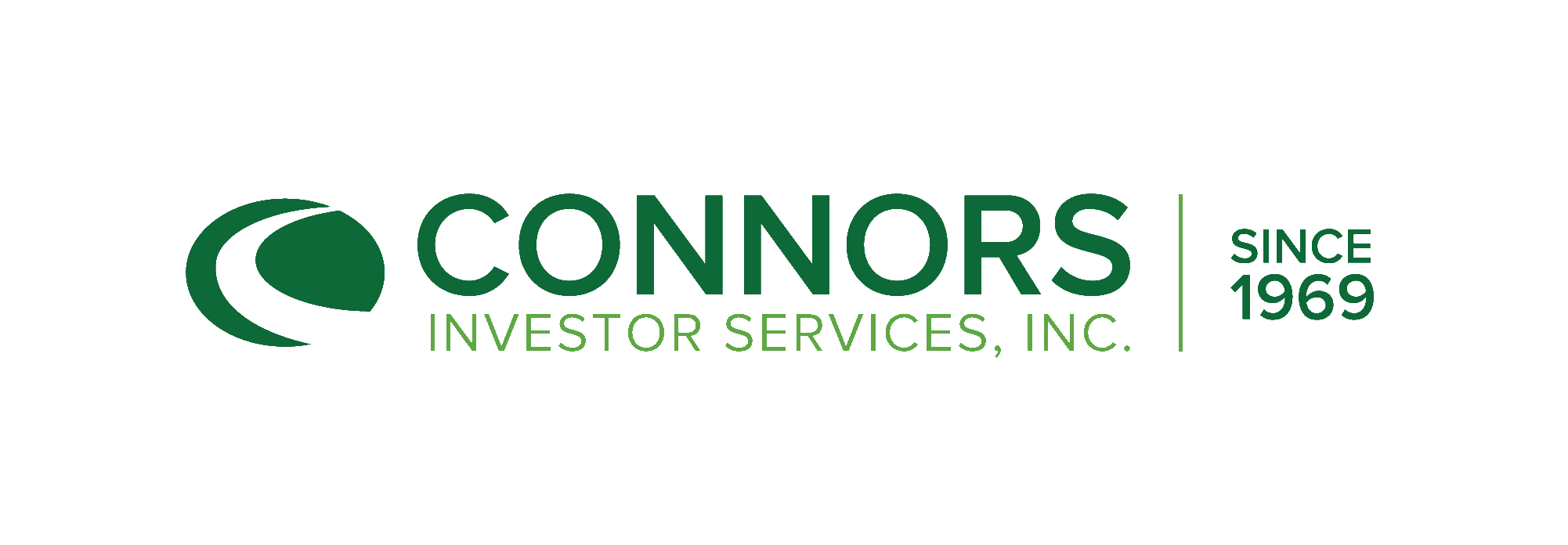2022 Q3 Income and Growth Comments
by Robert Cagliola, CFA and Robert Hahn, CFA, on October 23, 2022
The third quarter is best summed up by the famous Dickens quote from A Tale of Two Cities: “It was the best of times. It was the worst of times.” The quarter began with the Market rebounding sharply off of June lows leading into the Fed speech at Jackson Hole in August. Following a weak Q2, the S&P 500 rebounded 18% off the lows to regain 4300. The Market rebound came to an abrupt halt following Fed Chairman Powell’s speech as the Fed reaffirmed an extremely hawkish view conveying, they will continue to aggressively raise rates until it becomes apparent that inflation is back under control even if Fed actions cause a recession. Prior to the speech, investors had expected that inflation would begin to subside after multiple rate hikes and quantitative tightening. The prevailing view was that much of the rate hikes were behind us after the September meeting and that inflation could be lowered without causing a recession. As a result of the Fed’s hawkishness, the market sold off significantly reaching new lows in September. As a result, the S&P 500® declined by 5.3% during the third quarter with the market erasing nearly two years of gains. Inflation as measured by the Consumer Price Index (CPI) rose 8.3% from August 2021 to August 2022, which was greater than expected driven by higher food and shelter prices. The Fed responded by increasing the Fed Funds rate by 0.75% to 3.00% -3.25%, the highest since 2008 and Powell’s commentary suggested that rate hikes will continue well above current levels. In addition, the Fed continued with quantitative tightening that began in June at $47.5B and accelerated to $90B by September. Investor concern that the Fed’s tightening and rate hikes could lead to a recession has increased following Jackson Hole as both stocks and bonds have declined for three consecutive quarters. That said, the Atlanta Fed’s GDPNow model predicts 2.3% GDP growth in Q3 following two consecutive quarters of negative GDP, which may give the Fed more leeway to continue aggressively fighting inflation. The S&P 500 (Energy) remains the only S&P sector in positive territory through the first three quarters. One point of optimism may be that the yield on 10-yr treasuries closed the quarter at 3.8% after nearly reaching 4.0% a few days earlier. Commodities also continue to decline from recent highs, with oil closing at $79.49 off its 2022 highs of $130.50. Stock performance in the fourth quarter will likely depend on a potential moderation in inflation and in the Fed’s pace of rate hikes and quantitative tightening with the upcoming earnings season likely to be cautionary in tone as rate hikes and quantitative tightening along with a strong dollar conjointly provide headwinds to economic growth.
Portfolio Equity Positioning:
Our positioning remained defensive as we maintained sector overweight exposures to Consumer Staples and Health Care, continuing to believe that markets would remain particularly volatile throughout the quarter and into year-end. In addition, we trimmed our sector overweight in Industrials to further reduce cyclical exposure while moving towards a more neutral stance. We continued to maintain an underweight in Technology and Consumer Discretionary sectors but may look to adjust this stance as opportunities arise.
Outlook:
The market direction going forward is very dependent on the Federal Reserve’s view of inflation and the degree of rate increases along with quantitative tightening. Simply put, when inflation data declines, the market will bottom. We are currently seeing numerous commodity and goods inflation indicators roll over as demand and supply have caught up to each other over the past few weeks. Nevertheless, pressure on earnings are substantial as sticky wage costs will continue to rise and eventually level off at a higher sustained plateau. If consensus earnings on the S&P 500 Index falls by 10% from its current estimated level of $240, an earnings number that very few investors believe to be real at this point, then the current multiple of 15x suggests 3200-3300 level on the index in the near term, or 8% to 10% lower from its quarter end finish. With that said, markets adjust quickly to perceived changes in tone or actions of the Fed and economic realities. The impact of rate increases will lead to quicker deceleration of inflation and economic growth, leaving the question as to when the Fed will begin discussing slowing restrictive policies and ultimately cutting rates. Investors currently feel that any timeline for this will be the 2nd half of 2023 at the earliest. Markets will begin discounting this scenario 6 to 9 months ahead of time, possibly in the next few months. Therefore, going into year end, the possibility of a market rally is growing more likely but this begs the question from what level. Corporate earnings announcements are coming over the next few weeks and will most likely lead to more volatility in the short term before the assessment is priced in on any possible Fed pivot. With all that said, even though markets are at elevated risks in the short term with earnings announcements coming soon, we will maintain our defensive positioning but look for opportunities to upgrade the portfolio to participate in upside moves, should they happen, that will come fast and furious on any positive surprises. These are impossible to time accurately. Many studies have shown that missing the top-performing days of any recovery greatly reduces overall long-term performance for investors. Though markets are likely to continue to be challenging for the foreseeable future, it is exactly the type of environment which provides the base from which future returns may be realized.
Important Disclosures
This material is being provided for informational purposes only. Any information should not be deemed a recommendation to buy, hold or sell any security. Certain information has been obtained from third-party sources we consider reliable, but we do not guarantee that such information is accurate or complete. This report is not a complete description of the securities, markets, or developments referred to in this material and does not include all available data necessary for making an investment decision. Prior to making an investment decision, please consult with your financial advisor about your individual situation. Investing involves risk and you may incur a profit or loss regardless of strategy selected. There is no guarantee that the statements, opinions or forecasts provided herein will prove to be correct. Opinions are subject to change without notice.
Please remember that past performance may not be indicative of future results. Different types of investments involve varying degrees of risk, and there can be no assurance that the future performance of any specific investment, investment strategy, or product (including the investments and/or investment strategies recommended or undertaken by Connors Investor Services, Inc. [“Connors]), or any non-investment related content, made reference to directly or indirectly in this commentary will be profitable, equal any corresponding indicated historical performance level(s), be suitable for your portfolio or individual situation, or prove successful. Due to various factors, including changing market conditions and/or applicable laws, the content may no longer be reflective of current opinions or positions. Moreover, you should not assume that any discussion or information contained in this commentary serves as the receipt of, or as a substitute for, personalized investment advice from Connors. Historical performance results for investment indices, benchmarks, and/or categories have been provided for general informational/comparison purposes only, and generally do not reflect the deduction of transaction and/or custodial charges, the deduction of an investment management fee, nor the impact of taxes, the incurrence of which would have the effect of decreasing historical performance results. It should not be assumed that your Connors account holdings correspond directly to any comparative indices or categories. Please Also Note: (1) performance results do not reflect the impact of taxes; (2) comparative benchmarks/indices may be more or less volatile than your Connors accounts; and, (3) a description of each comparative benchmark/index is available upon request.






